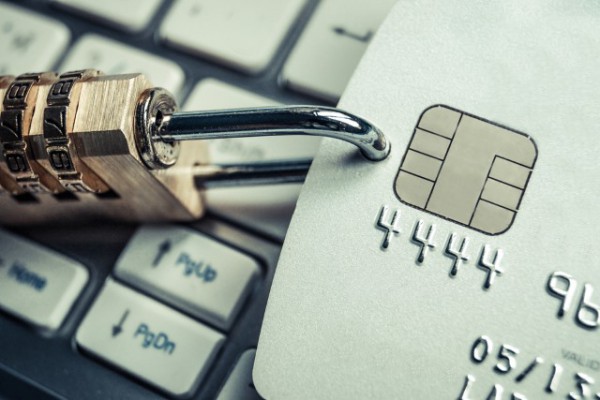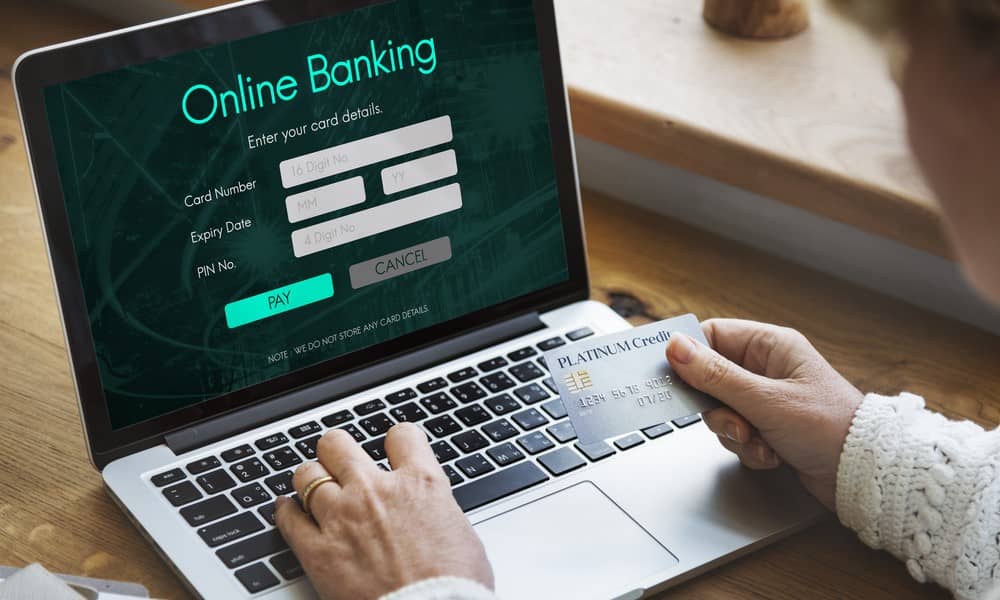Credit: Kekeli K. Blamey
In today’s digital age, banking has become increasingly convenient, with online banking and mobile apps allowing us to manage our finances from anywhere.
However, this convenience comes with a risk: bank account hacking.
According to recent statistics, bank account hacking has become a growing concern, with millions of dollars lost to cybercrime each year. But there are steps you can take to protect your finances and prevent bank account hacking.
Here are seven essential measures to safeguard your bank account:
- Use Strong and Unique Passwords: Use a combination of uppercase and lowercase letters, numbers, and special characters to create a strong password. Avoid using easily guessable information such as your name, birthdate, or common words. It’s also essential to use a unique password for your bank account, different from the ones you use for other online accounts. Consider using a password manager to generate and store complex passwords.
- Enable Two-Factor Authentication (2FA): Two-factor authentication adds an extra layer of security to your online banking by requiring you to enter a code sent to your phone or email in addition to your password. This makes it much harder for hackers to gain access to your account, even if they have your password. Make sure to enable 2FA for all your online banking accounts.
- Monitor Your Account Activity Regularly: Regularly check your account statements and transaction history to detect any suspicious activity. Set up alerts for large or unusual transactions to notify you immediately. You can also use online banking tools to monitor your account activity, such as transaction tracking and account alerts.
- Use Secure Internet Connections: Avoid using public Wi-Fi or unsecured internet connections to access your online banking. Use a secure internet connection, such as your home network or a mobile hotspot, to reduce the risk of hacking. When using public Wi-Fi, consider using a virtual private network (VPN) to encrypt your internet traffic.
- Keep Your Device and Browser Up-to-Date: Keep your device’s operating system, browser, and antivirus software up-to-date with the latest security patches and updates. This will help protect you from known vulnerabilities that hackers can exploit. Regularly update your apps and software to ensure you have the latest security features.
- Be Cautious with Emails and Phone Calls: Be wary of emails or phone calls that ask you to provide sensitive information, such as your login credentials or account numbers. Legitimate banks will never ask you to provide this information via email or phone. If you’re unsure, contact your bank directly using a phone number or email address you know is legitimate.
- Use Account Alerts and Notifications: Set up account alerts and notifications to inform you of any suspicious activity or changes to your account. This can include alerts for large transactions, changes to your account information, or failed login attempts. Use online banking tools to set up custom alerts and notifications that fit your needs.
By following these seven essential measures, you can significantly reduce the risk of your bank account being hacked and protect your financial information.
Remember, your financial security is in your hands. Stay safe, stay secure.







